Table of Contents
- What Is an Ingredient? A Simple Definition
- What Is an Ingredient in Cooking?
- Spice Basics: From Heat to Flavor
- Common Spices and Their Plant Sources
- Buying Guide: How to Choose the Right Ingredients
- Practical Tips for Using Ingredients Like a Pro
- Frequently Asked Questions
- Conclusion: Understanding Ingredients
What Is an Ingredient? A Simple Definition
An ingredient is a substance used in the preparation of food, medicine, or other products. It can be a single component like salt or a combination of substances like a spice blend. When people ask "what is the ingredient," they usually want to know the specific components that make up a particular food or product.
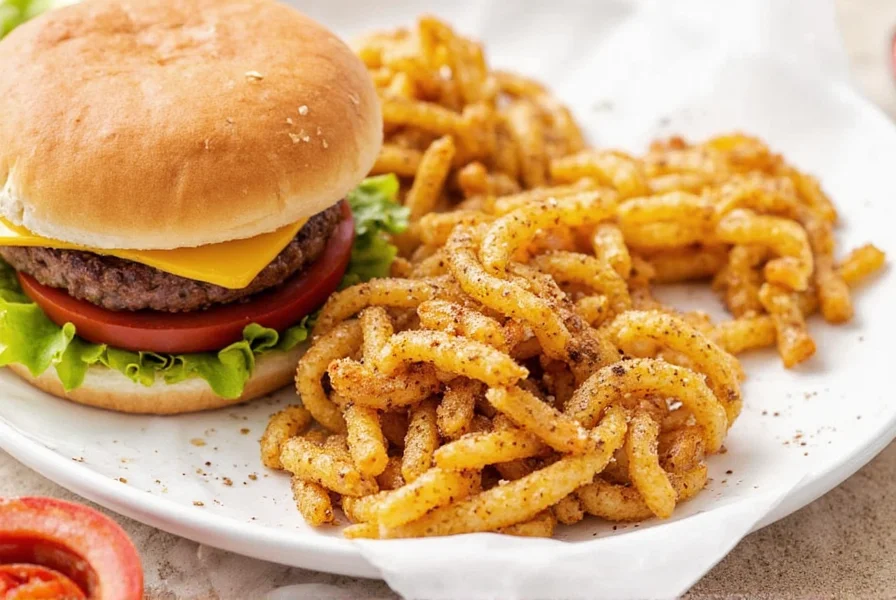
What Is an Ingredient in Cooking?
In cooking, ingredients are the raw materials that form the basis of any dish. They can be natural substances like vegetables, fruits, grains, or processed items like spices and herbs. Understanding what makes up an ingredient helps you make better choices for your meals.
For example, when discussing spices, the ingredient refers to the specific plant part used—such as roots, seeds, bark, flowers, or leaves. Each spice has a unique ingredient that contributes to its flavor and properties.
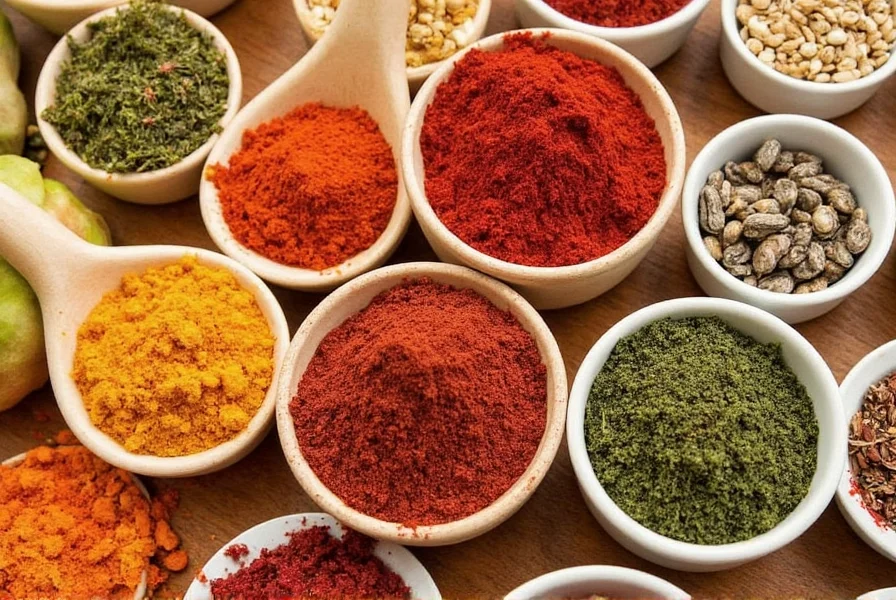
Spice Basics: From Heat to Flavor
To understand ingredients in spices, it's helpful to know how different components work. Here's a quick breakdown:
- Heat: Some spices, like chili peppers, contain capsaicin, which gives them their fiery kick.
- Aroma: Spices such as cumin or coriander release strong scents that enhance the overall flavor profile.
- Flavor: Spices like turmeric or nutmeg contribute more subtle, complex tastes.
- Preservation: Certain spices, like cloves or oregano, have antibacterial properties that help keep food fresh longer.
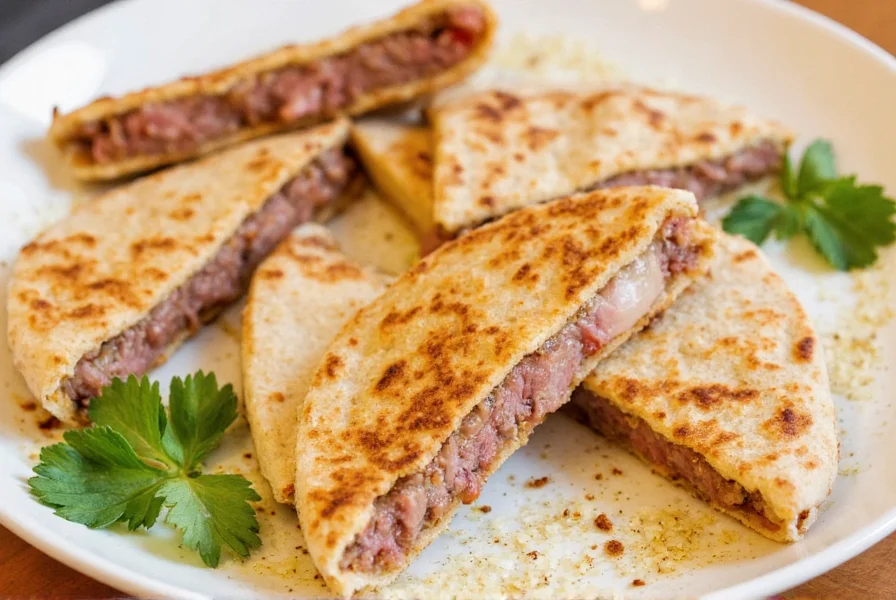
Common Spices and Their Plant Sources
| Spice | Plant Source | Flavor Profile | Best Used In |
|---|---|---|---|
| Cumin | Dried seeds of the Cuminum cyminum plant | Earthy, nutty, slightly bitter | Mexican, Indian, Middle Eastern dishes |
| Cinnamon | Inner bark of trees from the genus Cinnamomum | Sweet, warm, slightly woody | Baked goods, stews, beverages |
| Paprika | Dried and ground red peppers | Smoky, sweet, slightly spicy | Spanish, Hungarian, and American cuisines |
| Turmeric | Root of the Curcuma longa plant | Earthly, slightly bitter, golden color | Indian curries, soups, and rice dishes |
| Ginger | Root of the Zingiber officinale plant | Peppery, sharp, slightly sweet | Asian dishes, teas, and baked goods |
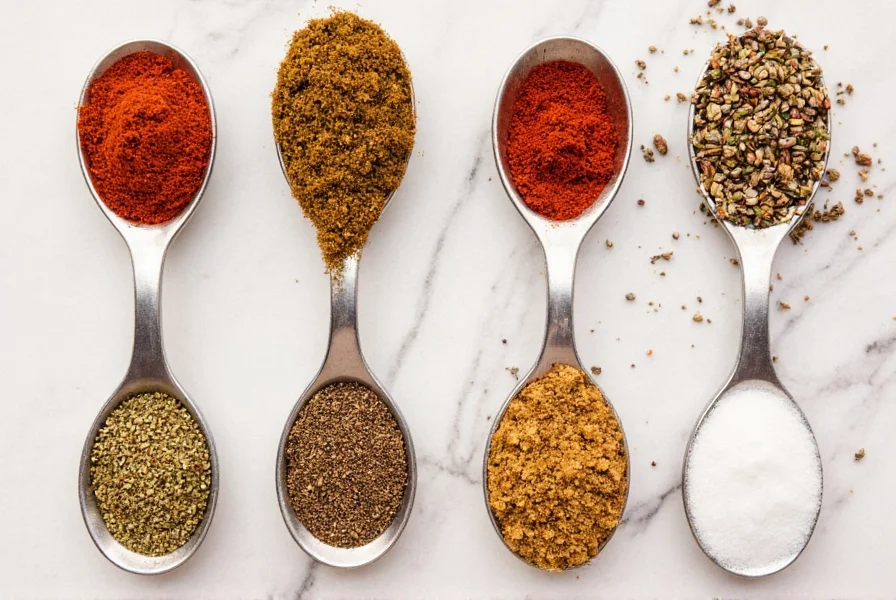
Buying Guide: How to Choose the Right Ingredients
Choosing the right ingredients can make a big difference in your cooking. Here's a detailed buying guide to help you navigate the world of ingredients:
Features to Look For
- Freshness: Fresh ingredients have a stronger aroma and more vibrant color. Avoid those that look dull or dusty.
- Origin: Ingredients from regions where they're traditionally grown often have better quality and flavor.
- Form: Whole ingredients (like peppercorns or cinnamon sticks) last longer than ground ones. Ground ingredients should be stored in airtight containers.
- Label Information: Check the label for information about the ingredient's origin, processing method, and any additives.
Advantages of Different Types
- Whole Ingredients: Better for infusing flavor into liquids or slow-cooked dishes.
- Ground Ingredients: More convenient for quick recipes and baking.
- Pre-Mixed Blends: Ideal for convenience, especially for global cuisines like garam masala or za'atar.
Use Cases and Target Audience
- Home cooks: Looking for easy-to-use, versatile ingredients that enhance everyday meals.
- Chefs: Seeking high-quality, premium ingredients for professional kitchens.
- Culinary enthusiasts: Wanting to experiment with new flavors and global cuisines.
Suitable Occasions
- Weeknight dinners: Use basic ingredients like garlic powder or paprika for quick, flavorful meals.
- Festive occasions: Incorporate rich, complex ingredients like saffron or cardamom for special dishes.
- Healthy eating: Opt for anti-inflammatory ingredients like turmeric or ginger for added wellness benefits.
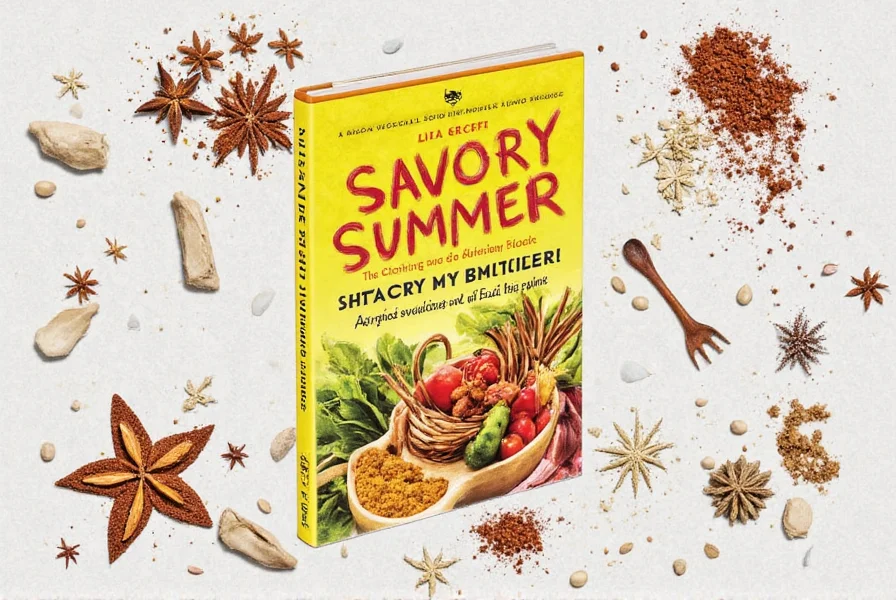
Practical Tips for Using Ingredients Like a Pro
Understanding what makes up an ingredient is only part of the journey. Here are some practical tips to elevate your ingredient game:
Tip 1: Start Small
Ingredients can easily overpower a dish if used in excess. Begin with a small amount and taste as you go. You can always add more, but you can't take it away once it's in.
Tip 2: Toast Whole Ingredients
Before grinding or using whole ingredients, lightly toast them in a dry pan to release their oils and intensify their flavor. This works well with cumin, coriander, and mustard seeds.
Tip 3: Use Fresh Ingredients
Ground ingredients lose potency over time. For the best results, grind your own ingredients when possible or buy them in small quantities to ensure freshness.
Tip 4: Pair Ingredients Thoughtfully
Some ingredients complement each other beautifully, while others clash. For example, cumin and coriander pair well in Indian cuisine, while rosemary and thyme are classic combinations in Mediterranean dishes.
Tip 5: Experiment with Blends
Don't be afraid to mix and match. Try creating your own ingredient blends based on your favorite dishes. A little creativity can lead to exciting new flavor profiles.
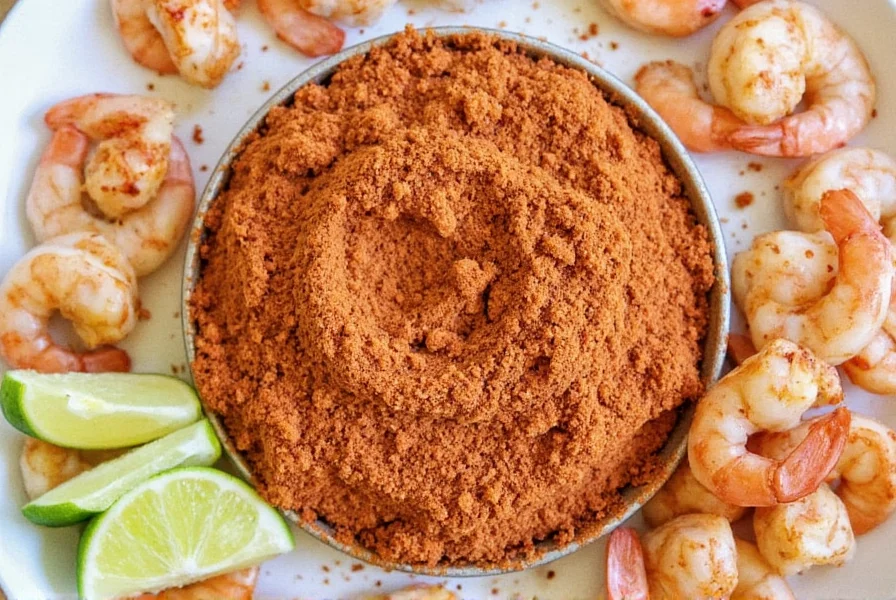
Frequently Asked Questions
What exactly does "the ingredient" refer to in general?
"The ingredient" refers to any substance used in the preparation of food, medicine, or products. It can be a single component like salt or a combination of substances like a spice blend. In cooking, ingredients are the raw materials that form the basis of dishes.
Are all ingredients made from natural sources?
Most ingredients come from natural sources like plants, animals, or minerals. However, some processed ingredients may contain synthetic additives or artificial substances. Always check labels for purity, especially for health-conscious cooking.
How can I tell what ingredients are in pre-made food products?
Read the ingredient label carefully. Quality products list all components in descending order by weight. If you see vague terms like "spices" or "natural flavors" without specifics, it may contain undisclosed ingredients. Choosing whole, unprocessed foods ensures you know exactly what you're consuming.
What's the difference between herbs and spices as ingredients?
Herbs are the leafy parts of plants (like basil or parsley), while spices come from non-leafy parts such as seeds, roots, bark, or flowers (like cinnamon or cumin). Both are natural ingredients but originate from different plant structures.
Can ingredients contain non-plant materials?
Yes, ingredients can include animal-derived materials (like gelatin or honey) or minerals (like salt). However, pure plant-based ingredients should only contain plant materials. Always verify labels if you have dietary restrictions or preferences.
How long do ingredients maintain their quality?
Whole ingredients like seeds or bark retain quality for 2-4 years when stored properly. Ground ingredients lose potency faster, typically within 6-12 months. Store in airtight containers away from light and heat to preserve freshness. Test by smelling; weak aroma indicates reduced quality.
Conclusion: Understanding Ingredients
Ingredients are the foundation of every dish. By understanding what makes up an ingredient—from plant sources to processing methods—you can make informed choices that enhance flavor, nutrition, and safety in your cooking. Whether you're a beginner or experienced cook, mastering ingredients unlocks endless culinary possibilities. Next time you prepare a meal, remember: every ingredient tells a story of nature and craftsmanship.


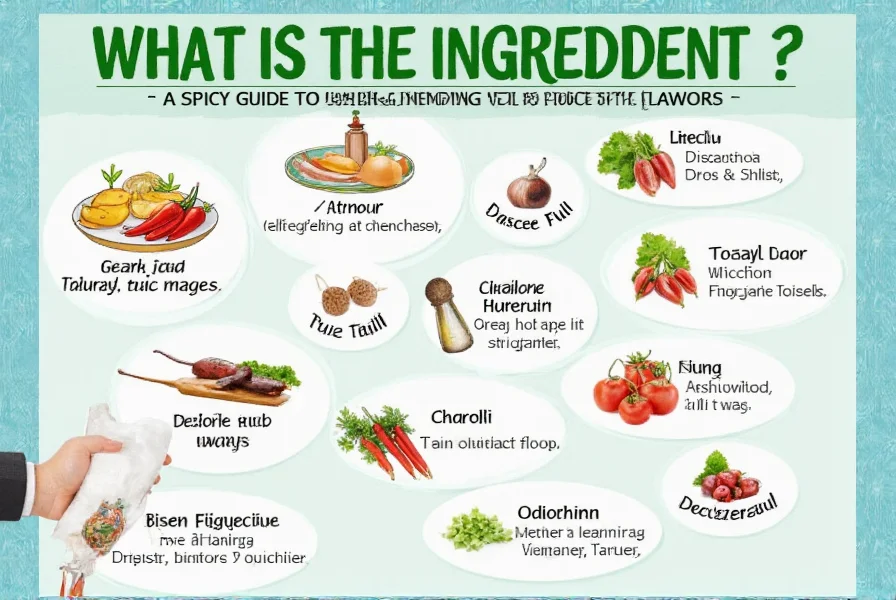









 浙公网安备
33010002000092号
浙公网安备
33010002000092号 浙B2-20120091-4
浙B2-20120091-4